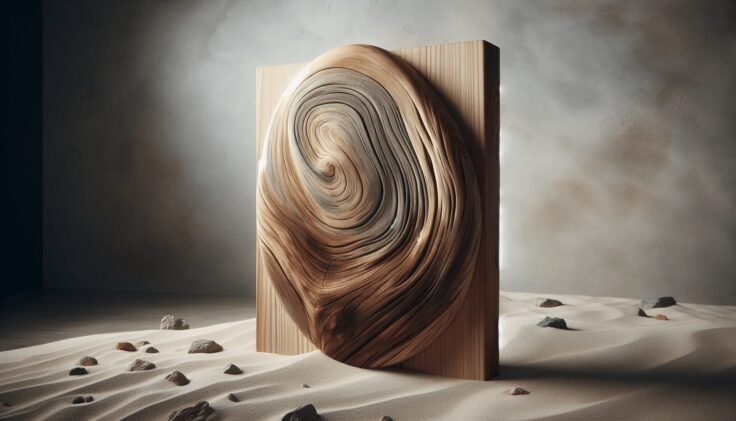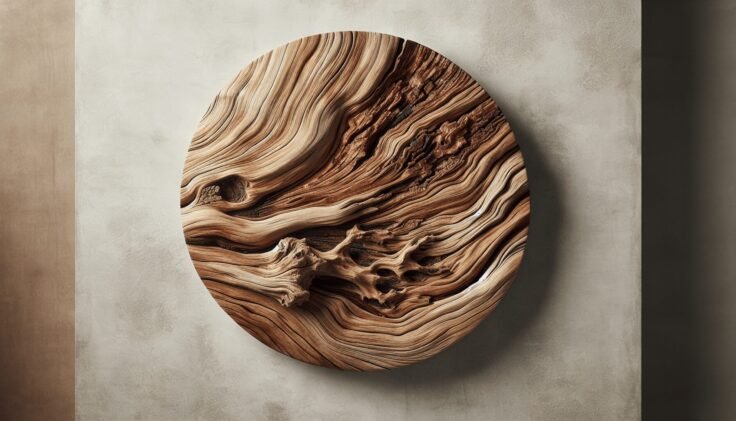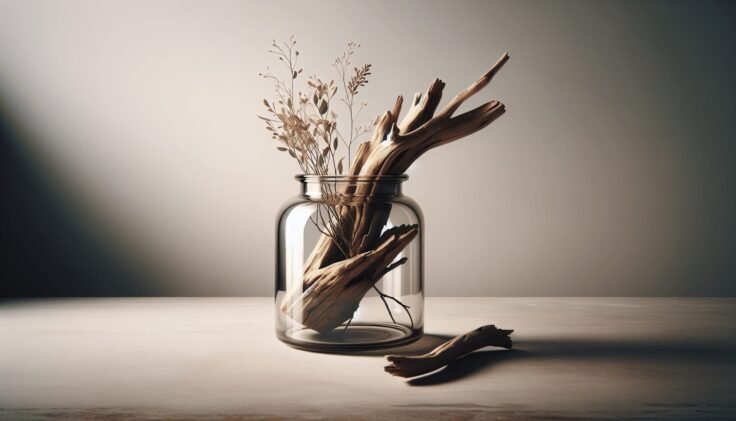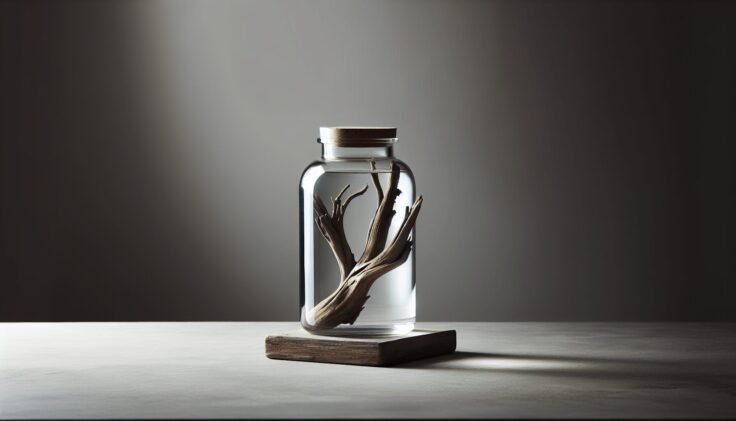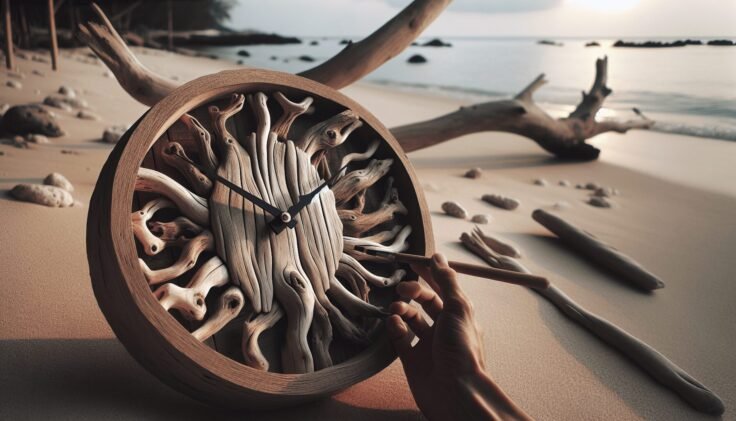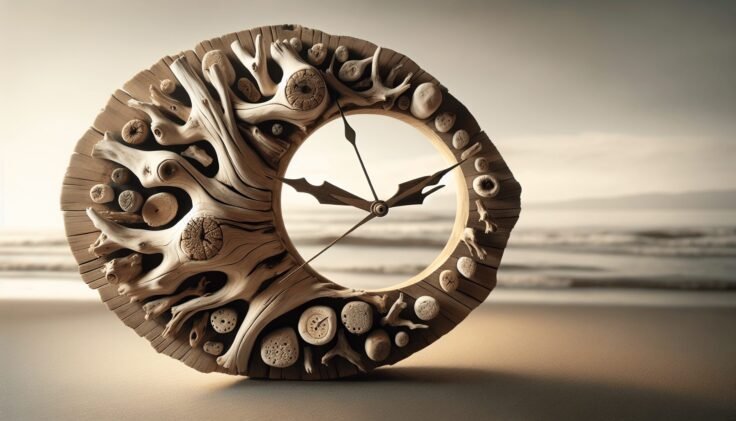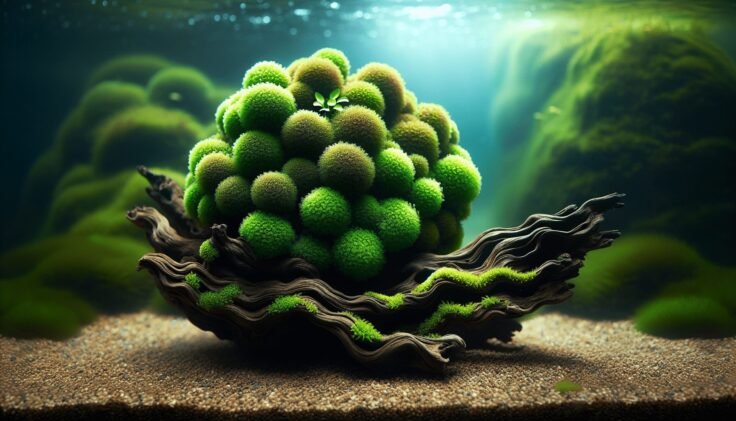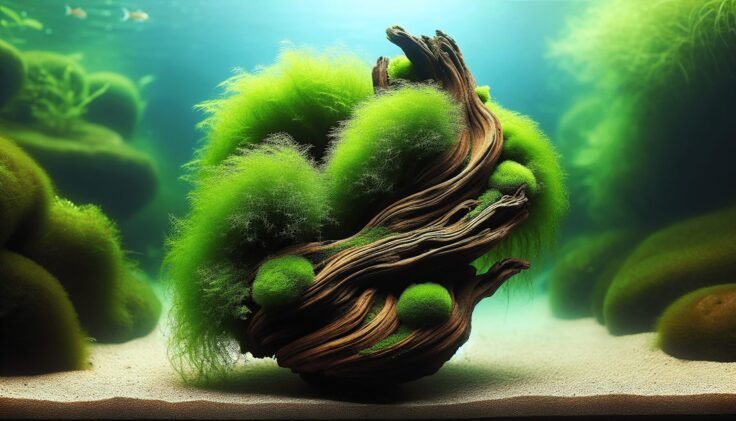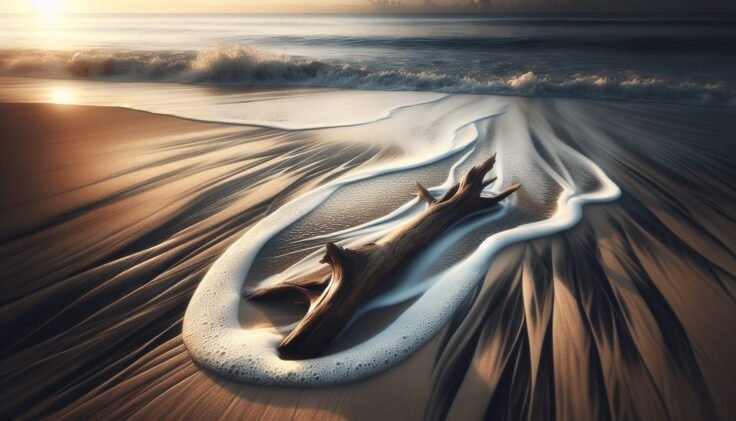Have you ever stumbled upon a piece of driftwood washed ashore, its contours smoothed by the rhythmic dance of waves? There’s something enchanting about the way nature sculpts these pieces over time. Capturing that essence in a jar not only brings the shore to your home but tells the story of old whispers of the sea. In this article, you’ll learn everything about driftwood, its allure, and how you can preserve it beautifully in a jar.
The Enigmatic Charm of Driftwood
Driftwood has a unique allure that has inspired artists and nature lovers alike. Each piece of driftwood is a testament to the journey it has undertaken, often spanning vast oceans and enduring the mighty elements. The sea turns once rigid wood into something soft, smooth, and imbued with the textures of the journey.
What Is Driftwood?
Driftwood refers to wood that has been washed onto a shore or beach by the action of winds, tides, or waves. It might be parts of trees that have fallen into rivers or coastal waters, carved into intriguing shapes by an age-old natural process. This transformation gives driftwood its characteristic worn look.
The Journey of Driftwood
The formation of driftwood involves several natural occurrences. Trees fall in coastal areas due to erosion, storms, or natural decay. Once in the water, currents carry them away. As saltwater removes bark and outer layers, the water’s friction smooths the wood. The journey itself can last several months or even years.
Why People Love Driftwood
People are drawn to driftwood for its natural beauty and unique characteristics. Each piece is different, telling its own story through knots, crevices, and shapes. Artists and home decorators often collect it for its aesthetic appeal, infusing natural elements into interior designs or art projects.
Driftwood’s Aesthetic and Symbolism
Driftwood symbolizes more than just natural beauty. For many, it signifies resilience and transformation. The wood’s journey reflects endurance and adaptability, enduring harsh environments to become something beautiful.
Symbolism in Different Cultures
In some cultures, driftwood is seen as a symbol of new beginnings, as it emerges from storms and seas reborn. Others view it as a representation of change and the passage of time, which renders rough and jagged pieces into smooth and serene forms.
Driftwood in Home Decor
Incorporating driftwood into your home decor captures a piece of nature’s effortless artistry. It can serve as a center point in a room, adding warmth and texture. Whether you choose larger pieces for furniture or smaller fragments for decoration, driftwood brings a sense of peace and tranquility indoors.
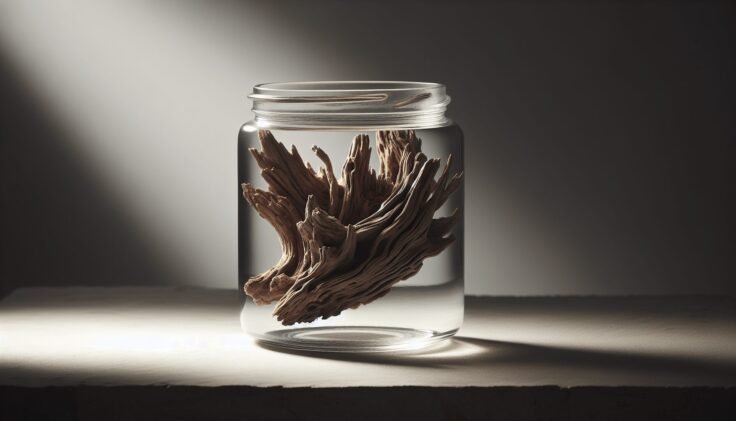
Creating a Captivating “Driftwood in a Jar” Display
Now that you appreciate the story and beauty of driftwood, how about creating your very own display piece? The idea of “Driftwood in a Jar” is to encapsulate the essence of the beach within a simple glass container, allowing you to bring a bit of the shoreline into your living space.
Selecting the Right Jar
Choosing the right jar is crucial. An ideal jar should be clear enough for you to see the driftwood without distortion. Size depends on the pieces you intend to include. Consider wide-mouth jars for larger pieces or more complex arrangements.
Collecting Driftwood
When collecting driftwood, it’s essential to respect nature and local laws. Many areas have restrictions regarding removal from public beaches. Also, be mindful to collect only what has already been separated from living ecosystems to preserve local wildlife habitats.
Cleaning and Preparing Driftwood
Before placing driftwood into your jar, it’s crucial to clean it thoroughly:
- Rinse with Fresh Water: Rinse the driftwood with fresh water to remove salts and debris.
- Soak: For better cleaning, soak the pieces in water for 1-2 days, changing the water frequently.
- Scrub: Use a brush to gently scrub any stubborn dirt or organic material.
- Dry: Let the pieces dry completely in a well-ventilated area, which will also help eliminate any lingering odor.
Arranging Your Driftwood
Once clean and dry, arranging your driftwood in the jar is where your creativity shines. You can layer multiple pieces to create depth and interest, or keep it simple with one striking piece. Adding other natural elements like sand, shells, or stones can complement the display.
Designing with Driftwood: Tips and Tricks
Creating the perfect driftwood jar is an art in itself. Here are some tips to ensure your design is aesthetically pleasing, long-lasting, and a true reflection of your personal style.
Choosing Complementary Elements
Enhancing your driftwood display with complementary elements can add dimension. Sand creates a beach-like foundation, while shells and pebbles introduce more texture and color. Sea glass or small marine figurines can also tell a more detailed coastal story.
Seal and Preserve
To maintain the appearance of your driftwood, consider applying a sealant. This can help protect it from further drying or damage over time. Use a non-glossy, clear sealant to preserve the wood’s natural look.
Display Placement
Position your “Driftwood in a Jar” where it’s easily visible but safe from being knocked over. A well-lit area like a windowsill or mantle can highlight the driftwood’s textures and shapes, casting intriguing shadows.
Seasonal Variations
Consider changing the display’s theme with the seasons. For example, add sprigs of holiday greenery in the winter or bright flowers in the spring, keeping the core theme intact but refreshing its visual impact.
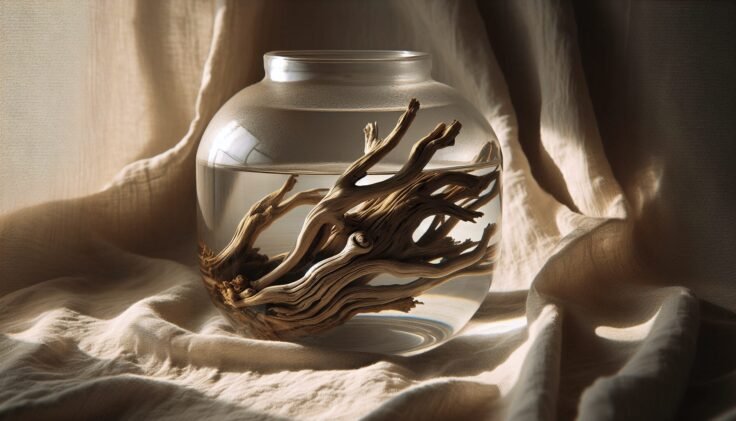
The Environmental Impact of Driftwood Collection
Understanding the ecological implications of collecting driftwood is an often-overlooked aspect. While driftwood itself might be captivating, its role in ecosystems is equally important.
Driftwood as a Habitat
In nature, driftwood is more than art; it serves as a habitat. Birds, fish, and small creatures find shelter and food in and around it. Removing driftwood disrupts these natural processes. Always ensure respectful and minimal impact when collecting.
Sustainable Collection Practices
- Moderation: Limit how much you take. Only select what you truly need or will use.
- Legal Compliance: Familiarize yourself with local regulations.
- Leave Behind for Nature: Remember, some driftwood is better left on the beach, continuing to support its ecosystem.
Driftwood’s Role in Art and Culture
Driftwood’s unique shapes and stories make it a fascinating medium in art and cultural expressions. Artists have used driftwood to create timeless pieces, drawing inspiration from its origins and the tales each piece tells.
Driftwood Sculptures and Installations
Numerous artists transform driftwood into sculptures, using each piece’s unique qualities to spark creativity. From small table pieces to large installations, the scope of what can be created is endless, restricted only by imagination.
Driftwood in Literature and Music
Driftwood imagery often finds its place in literature and music, symbolizing the passage of time, endurance, and natural beauty. This persistent presence highlights its importance and resonance across many cultural narratives.
Crafting Your Own Driftwood Story
Creating a “Driftwood in a Jar” not only becomes a personal decorative item but also allows you to craft your own story through natural elements. With every piece of wood, shell, or stone, you’re piecing together your own narrative—a keepsake encapsulating life’s ebb and flow.
Personalizing Your Display
Infuse personal elements like memories of seaside trips by adding a small souvenir or photo in the jar. This gives the display even more sentimental value, turning it into a personal testament to your connection with nature.
Maintenance and Care
Ensure your display is well-maintained. Regularly dust the jar and its contents, checking for mold or signs of decay. A little love and care can keep your piece beautiful for years to come.
Sharing Your Driftwood Creations
Engage others by sharing your creations. Social media platforms or community craft gatherings are excellent venues to showcase your work, inspiring others to appreciate driftwood’s beauty and craft their unique pieces.
Conclusion: Nature Captured
The creation of “Driftwood in a Jar” is a simple and profound way to bring nature’s elegance into your home. By understanding driftwood’s journey, significance, and creative possibilities, you can create something both beautiful and meaningful. As you embark on your driftwood adventure, remember it’s not just about aesthetics. Each piece holds history, mystery, and the gentle whispers of the ocean. Invite these stories into your space, and let them remind you of nature’s timeless artistry.
